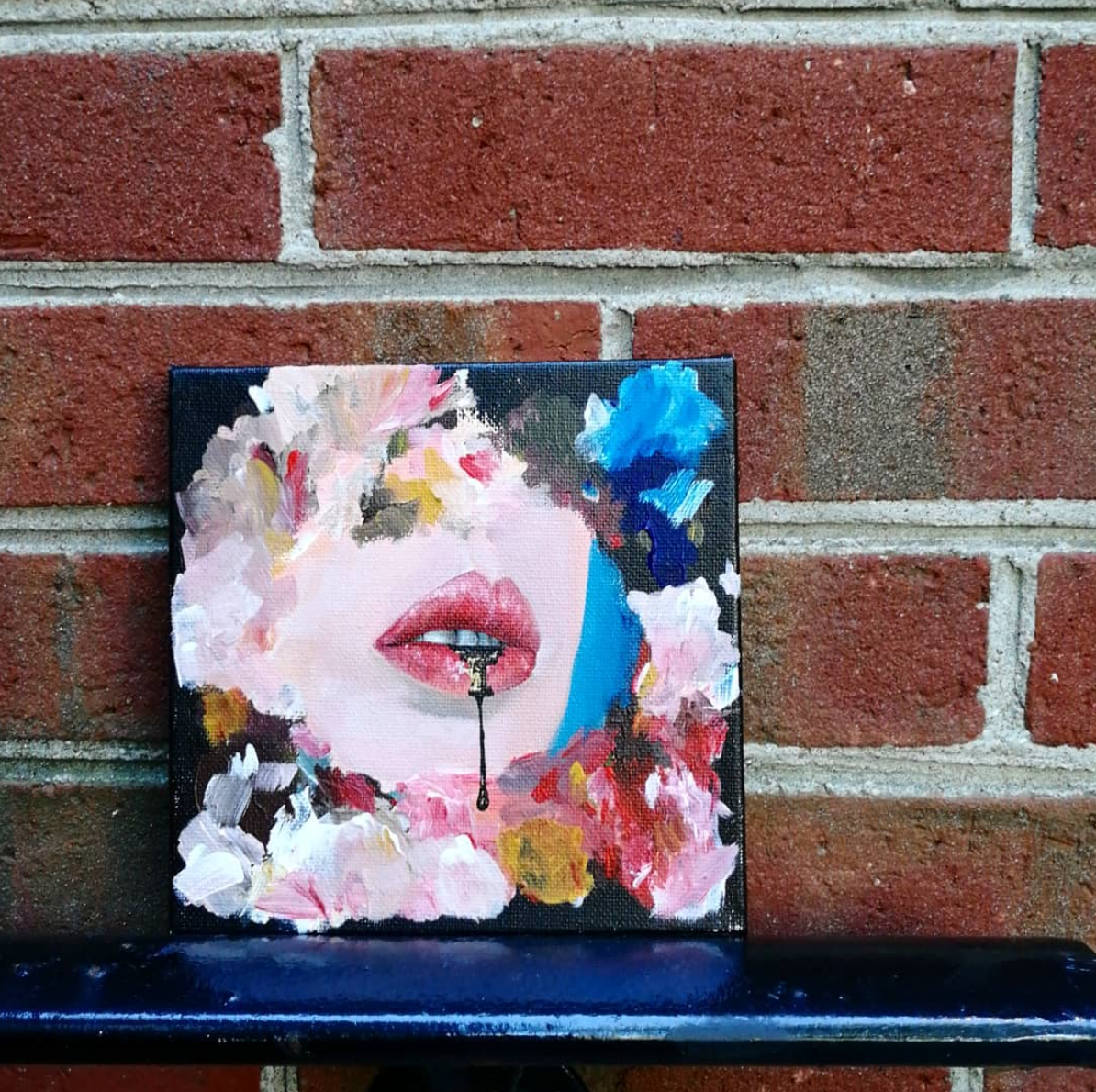While mammals come in a range of colors, birds, reptiles, plants, and fungi cover a wider color spectrum. So we’re stuck having to bleach and dye our hair if we wanted to mimic the colors of bluebirds and paint our lips to attain a color of a toucan’s beak. Which leads us to: why do some animals have more color than others?
Simply put, the structure of the hair/feather and the pigment types limit available colors.
Mammals generally produce melanin for pigment*. “Melanin” is used to describe pigments with a similar biochemical origin (oxidation and polymerization of tyrosine)[1]. Our melanin is made in specialized cells (melanocytes) and then transferred to hair or skin cells (keratinocytes)[2]. These pigment making cells lie adjacent to the hair/skin cells, but the details of this transfer is actually still a mystery (there are many competing ideas). Regardless, the melanin in our skin and hair is why humans are a range of earth-tone-y colors.
*Melanin details: There are only two types of pigment in mammalian hair: dark (eumelanin) and light (pheomelanin). Dark pigment (eumelanin) also has two types for brown and black and the amount of this pigment results in brown or black hair to blonde or gray hair. Meanwhile, the light pigment (pheomelanin) adds some red (and can also be present not just in hair but also lips). The two types of pigment (eumelanin and pheomelanin) are similar and have the same initial steps for production, but differ structurally. Melanins are protective against UV sunlight and some forms of cellular stress (scavenging reactive oxygen species, ROS) and plays a protective role in humans. In birds, however, they seem to play more of a role in strengthening feathers. Carotenoids also have an important role in indicating the bird’s health status since the pigment is involved in important bodily maintenance, like helping the immune system and making vitamins [4]… but apparently, this is up for debate [last].

Like us, birds also have melanin! The production and type as well as transfer into the feathers (keratinocytes) are very similar to mammals [3]… But melanin in birds have the same color as melanin in humans (brown/black/orange). While melanin is one of the most common pigment molecules in birds, there’s another common pigment that’s much more colorful – carotenoids! Carotenoids are the basis of bright yellow, orange, and red feathers. This pigment actually isn’t made by the bird but rather made by plants then ingested and incorporated into their feathers[4]. Humans get these pigments from food too! They’re involved in making the back of our eyes yellow-ish to reflect unwanted lights while decreasing glare … but can carotenoids be trafficked to our hair and make it super yellow or red?
Melanin is thought to have pigmented feathers before carotenoids by ~100million years [5]. Although the use of carotenoids to color feathers might have evolved several times[5], whether these underlie different or similar cellular/biochemical processes is unknown; how carotenoids deposit into feathers has not actually been studied. We do know that the pigment travels via plasma (blood without blood cells), coloring the plasma yellowish [6]. In humans, the cells in the eye that take up carotenoids express a specific carotenoid-binding protein.
But the question remains: can carotenoids be trafficked to our hair and make it super yellow or red? Maybe if the cells that transfer pigment into hair cells have different pigments, it might automatically push these other pigments into hair and make colorful hair. Or maybe these pigment structures differ too much and require additional proteins to help traffic them into hair strands… Unfortunately, I stopped finding relevant information here… As a side note, the well-known GFP mice have fluorescent skin, their hair is not actually colored.
(More about pigments! Other pigments in birds are less common and include flavins, porphyrins, psittacofulvins, pterins, purines and turacin [3]. Feathers can also be structurally different to reflect light in a way that makes iridescent, violet, blue, or white. These colors, that are due to structural changes, are called schemochromes. And some colors, like green, are a combination of pigments and schemochromes! In this case, yellow pigment is overlaid with a structural change that produces blue. The yellow and blue combination produces a green look.)
[1] PMID: 26176788
[2] PMID: 15654948
[3] PMID: 27070583
[4] PMID: 29311592
[3] PMID: 27070583
[4] PMID: 29311592
[5] PMID: 24966316
[6] PMID: Koch, R.E., Kavazis, A.N., Hasselquist, D. et al. No evidence that carotenoid pigments boost either immune or antioxidant defenses in a songbird. Nat Commun 9, 491 (2018) doi:10.1038/s41467-018-02974-x
Originally posted on Instagram January 8 & 18, 2020 (2 posts)

No Responses